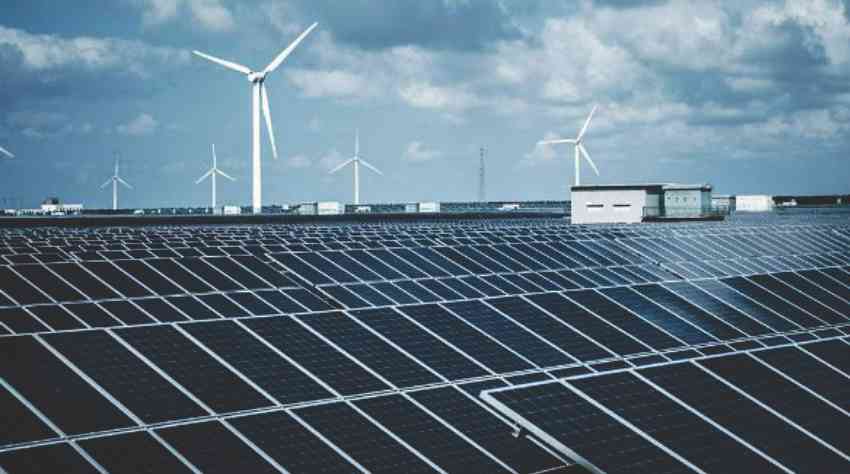The government has determined to set targets, for commissioning 175 gigawatts of renewable energy by the year 2022. Efforts are being made so that the government gathers pace for renewable energy production. 60 GW from wind, 100 GW would be from solar power, 10 GW from biomass and 5 GW from small hydro power would be the target capacity for renewable resources, according to the Union Ministry of new and renewable energy.
By increasing the use of solar energy in India through technical as well as financial cooperation, India aims to expand bilateral development cooperation in the field of solar energy; India has signed a Memorandum of Understanding with Germany. Researchers there have developed a combined micro-grid for biogas, solar and wind. These micro-grids provide 24/7 access to electricity, so there must be a combination of sources, (an) integration of different sources, along with dependable sources to get energy on demand.
According to a research, India had an installed renewable energy capacity of 58.3 gigawatts, which includes 32.5 gigawatts of wind energy, 13.1 gigawatts of solar power, 8.2 gigawatts of bio power and hydro power capacity of 4.4 gigawatts. India’s renewable energy capacity will instantly balloon to 102.9 gigawatts if the larger hydro power of capacity 44.6 gigawatts is added to this record. This will make renewable energy technologies the second-largest power source in India in terms of installed capacity with a share of over 31%.
The source of energy that are presently adequate for the companies to invest in and simple enough to set up in developing countries are solar energy, hydropower and wind power. Industrial-scale batteries, known as flow batteries, uses lithium ion technology and can store 10 times as much energy as the most common flow batteries on the market. Green Energy commitments for 266,000 MW (266 GW) were acknowledged during the RE-Invest conference and as many as 27 banks have submitted their commitments for financing 72 GW renewable energy projects.
Turning the Renewable Energy up to Gigawatts by the Year 2022


